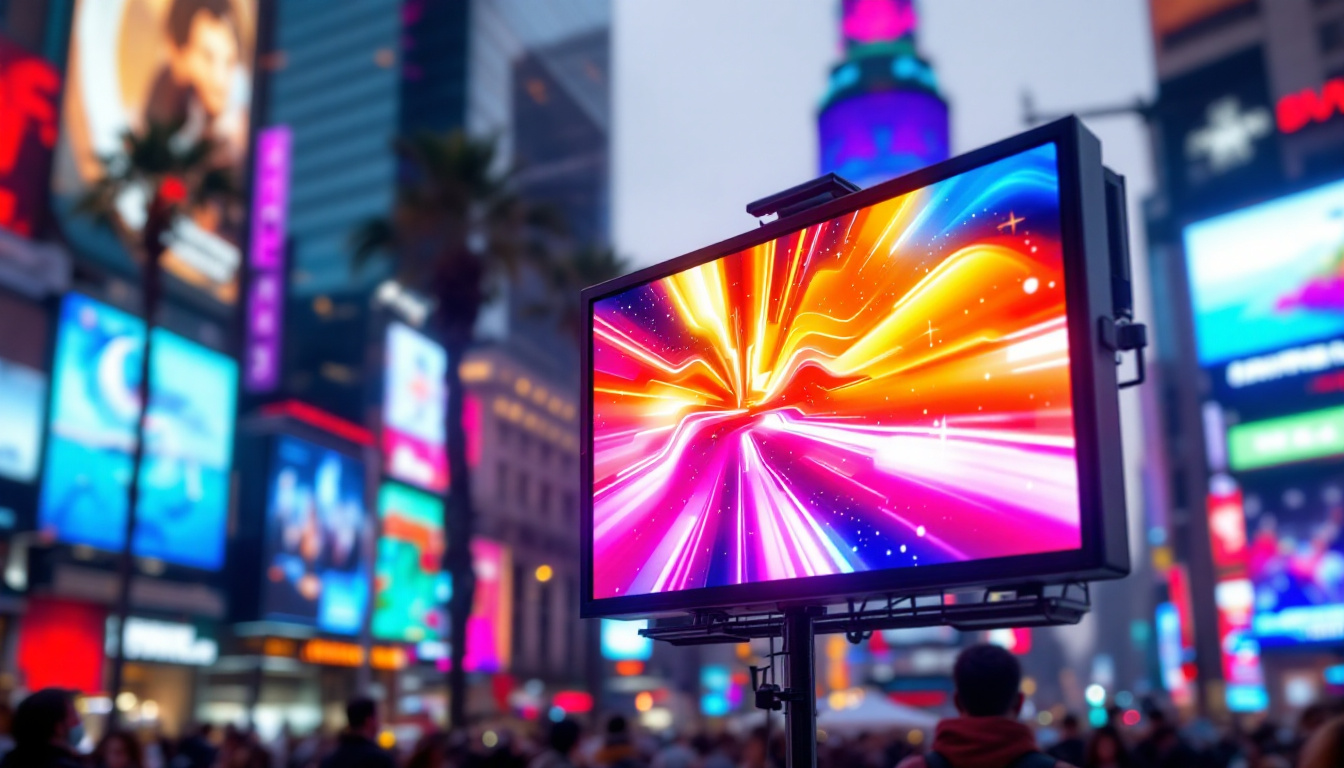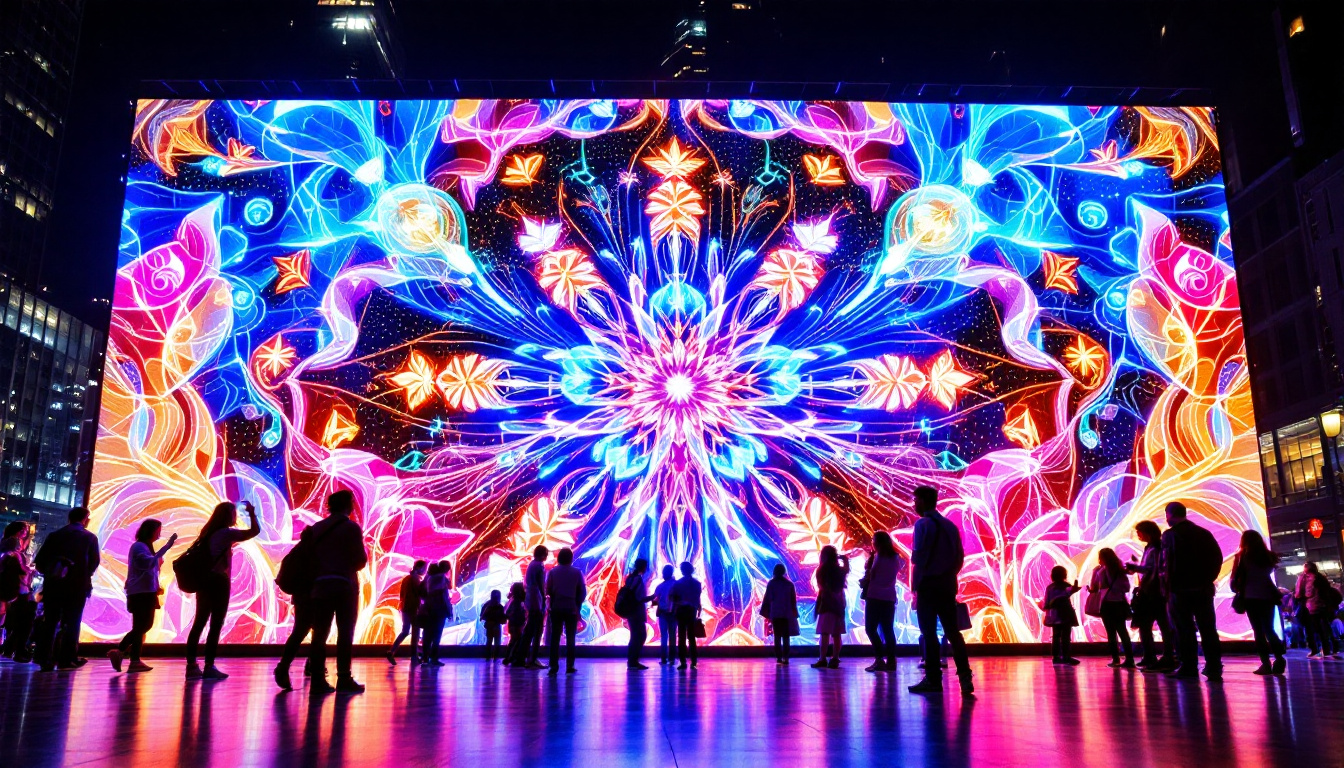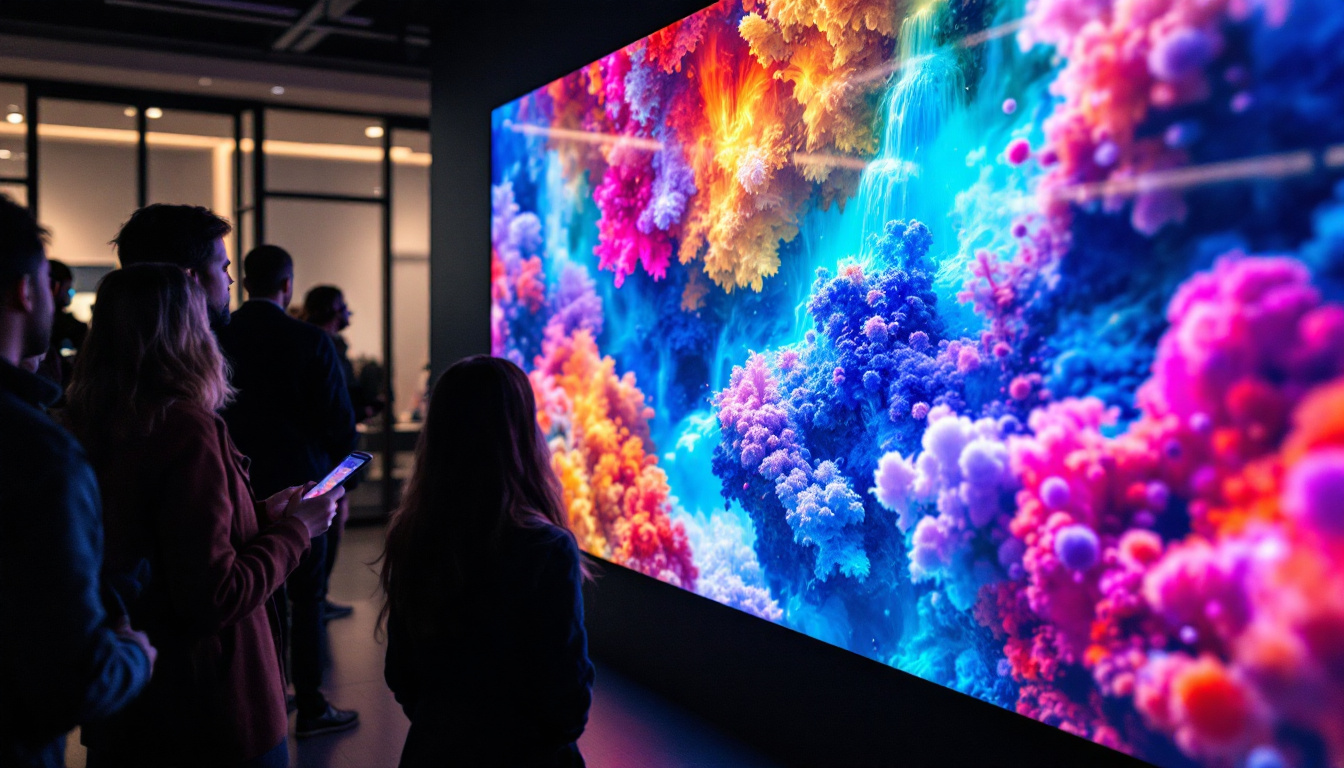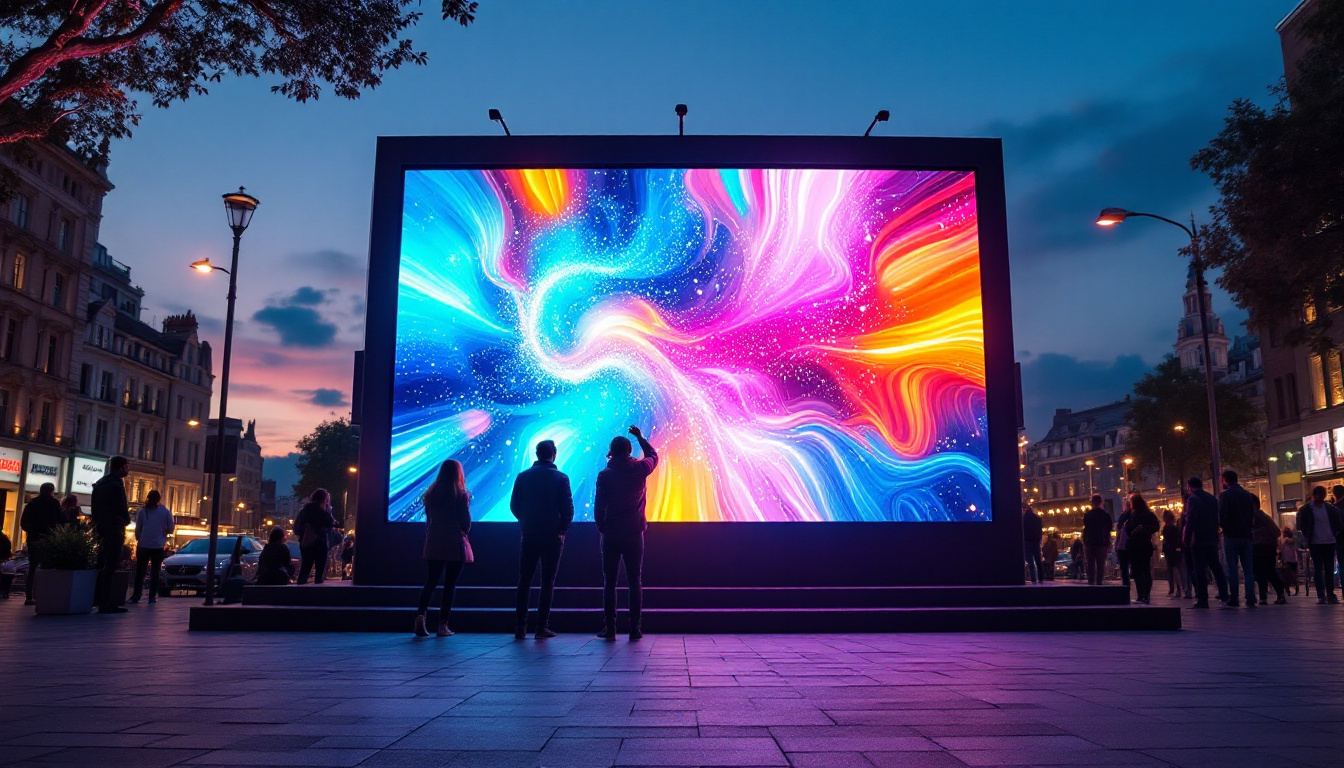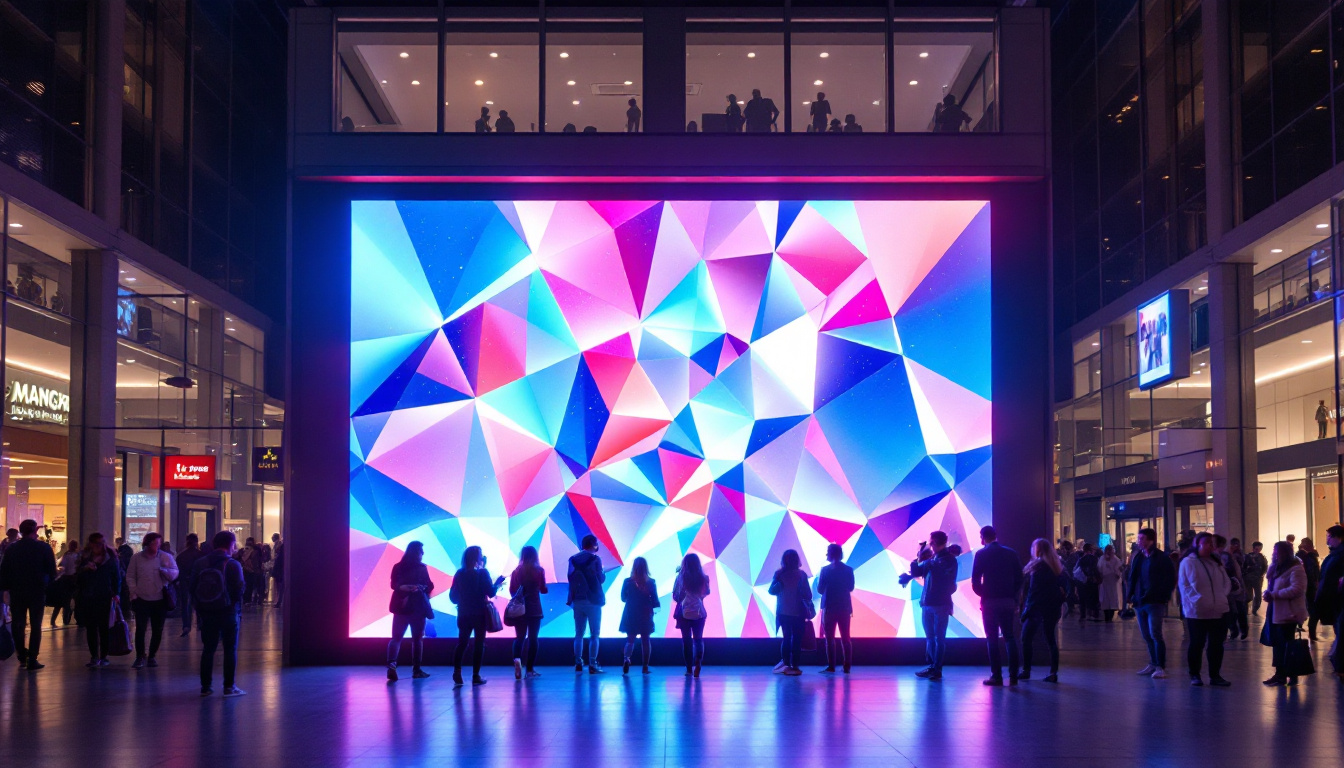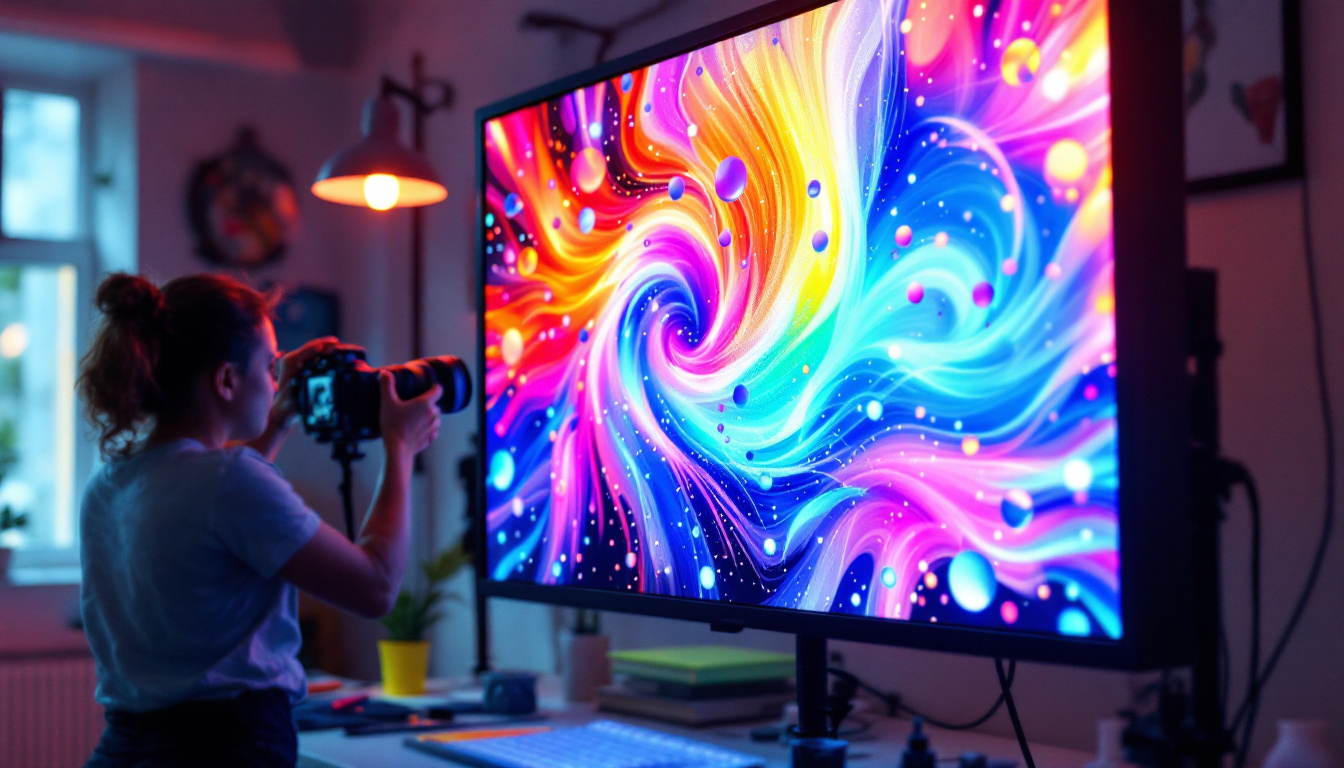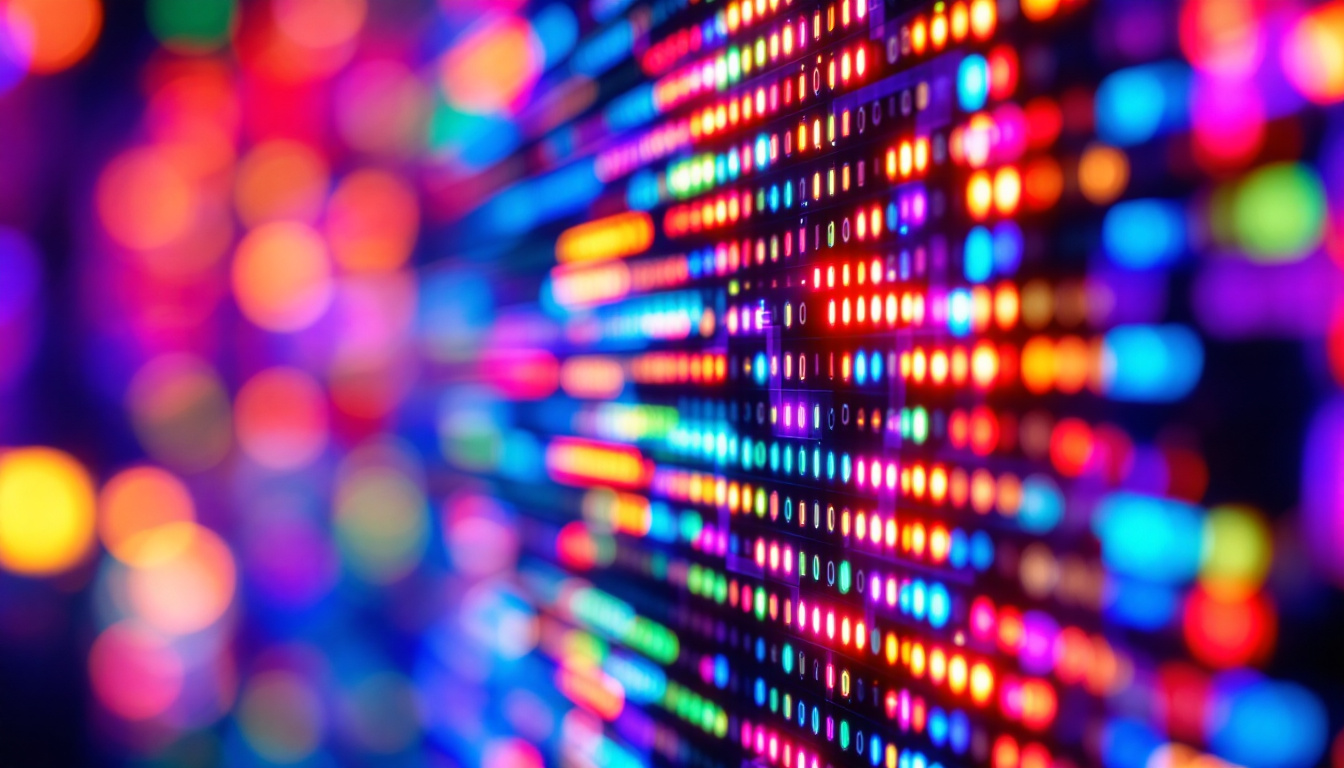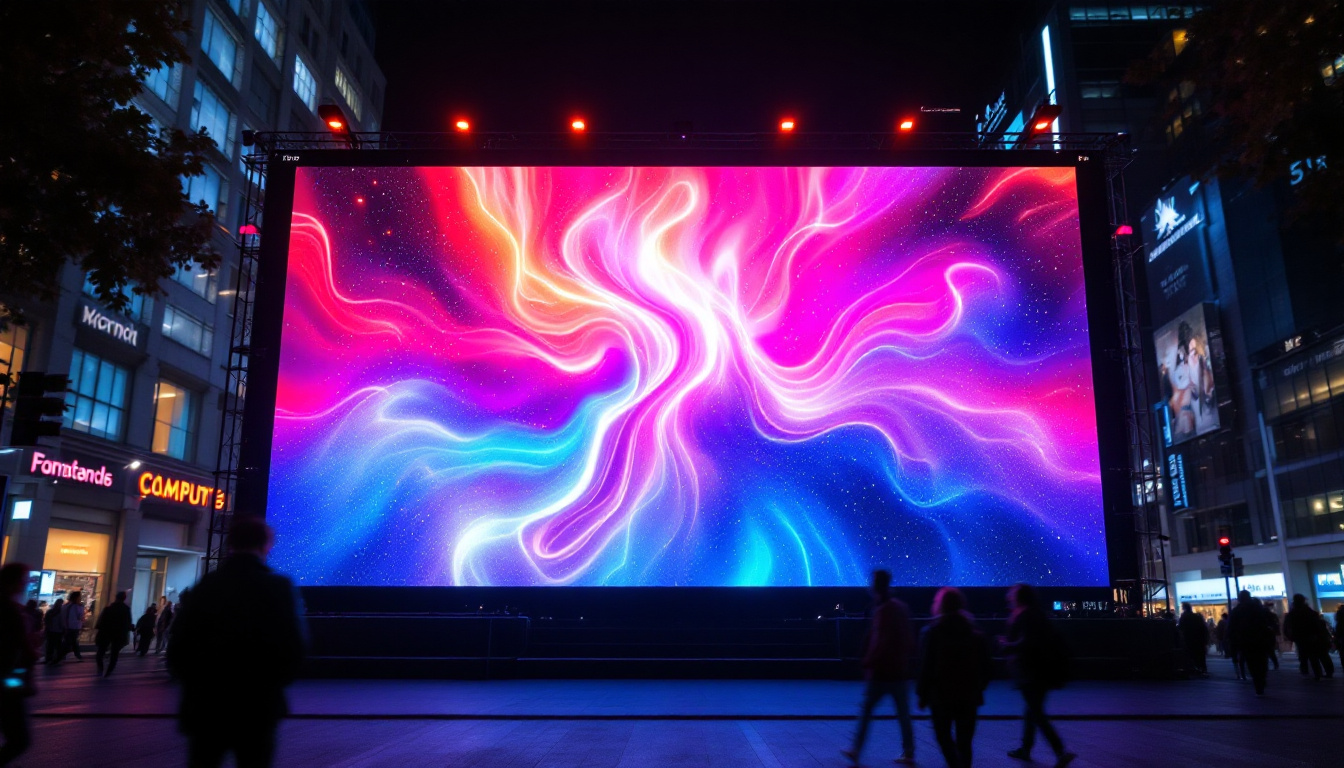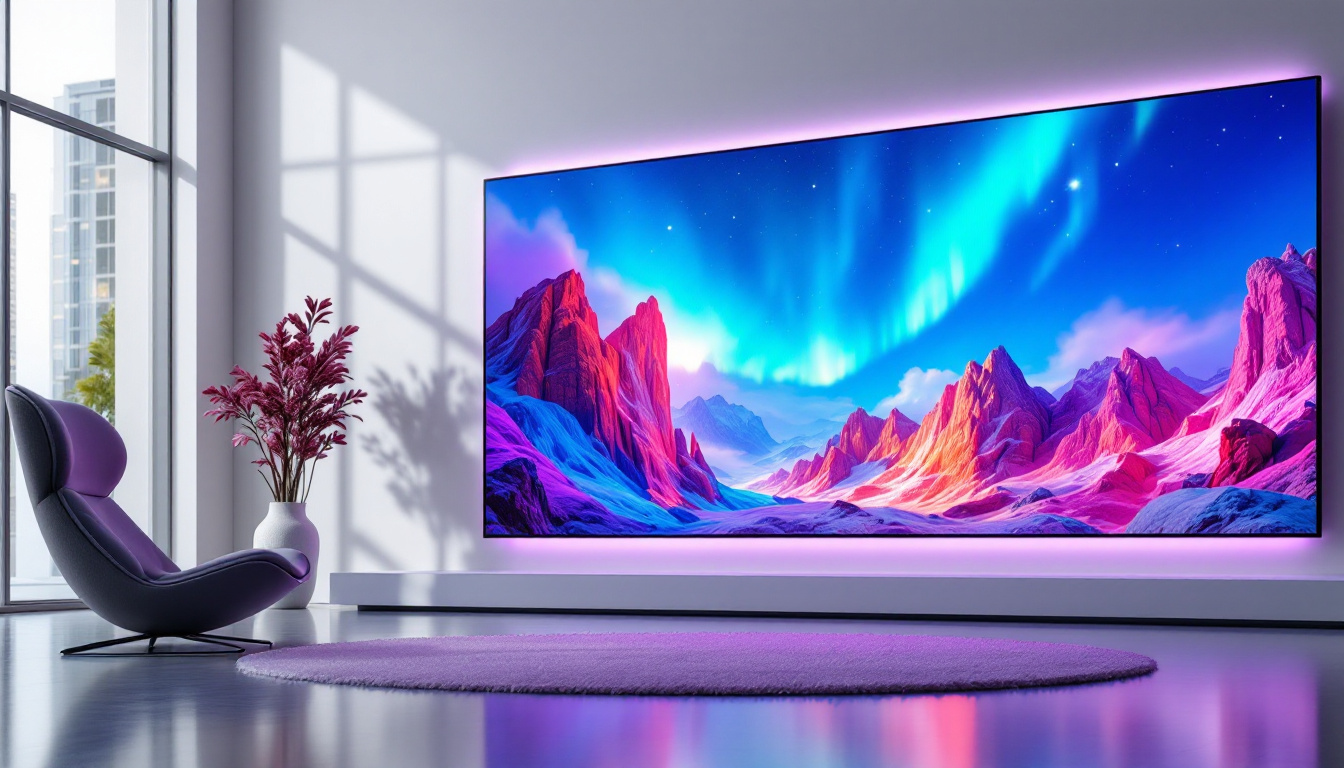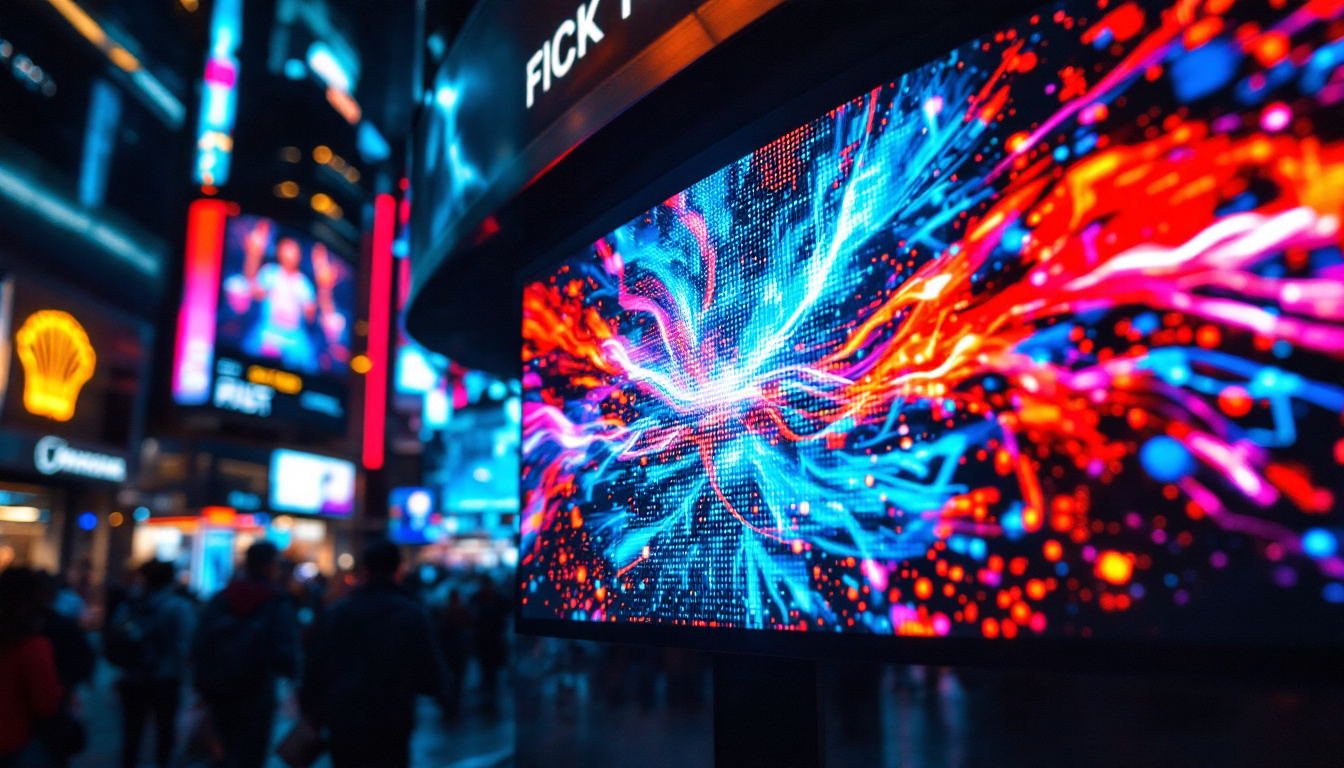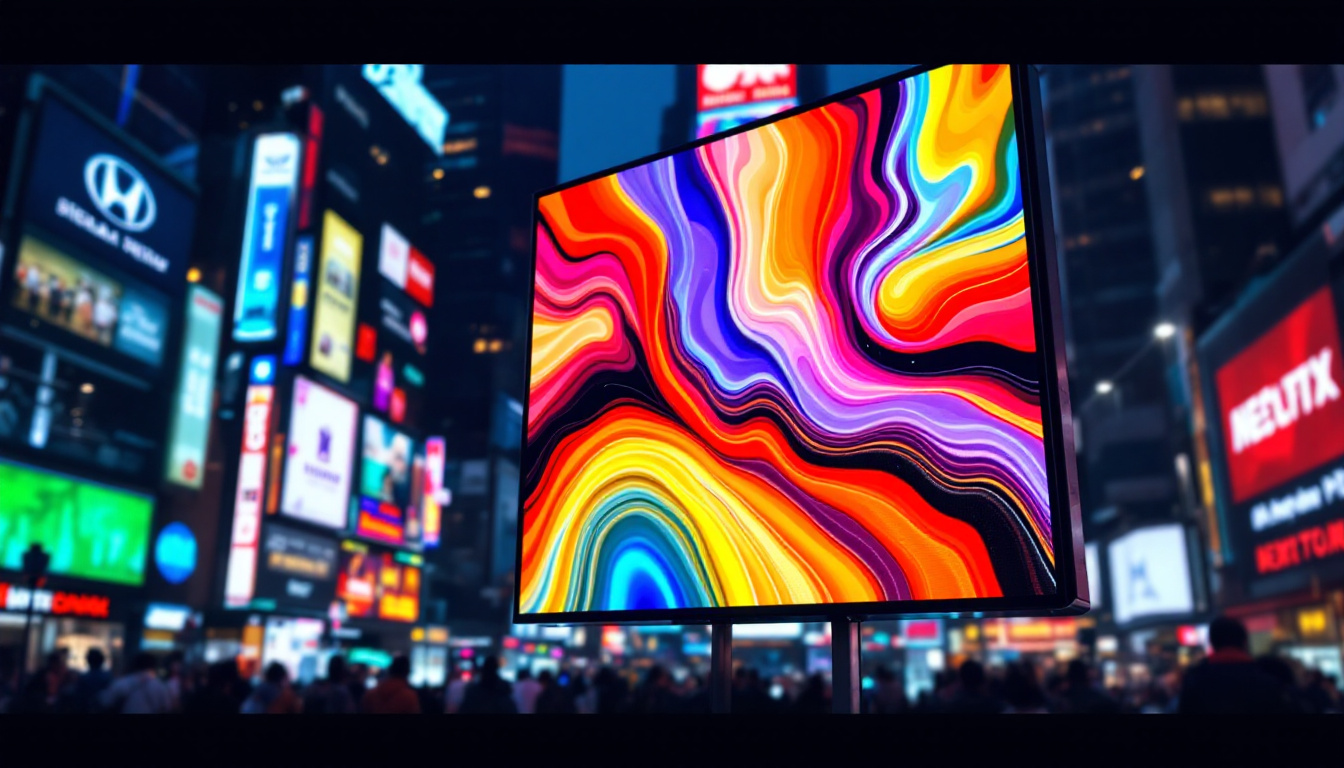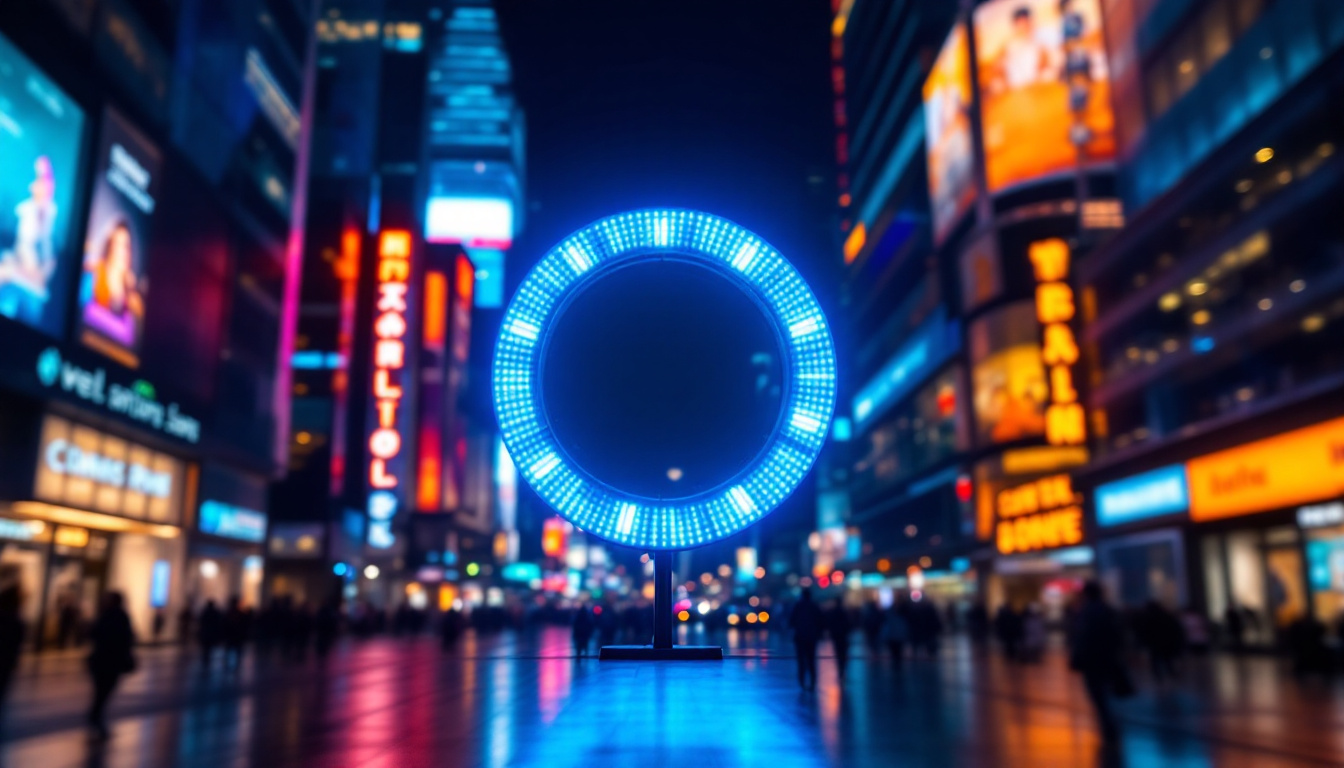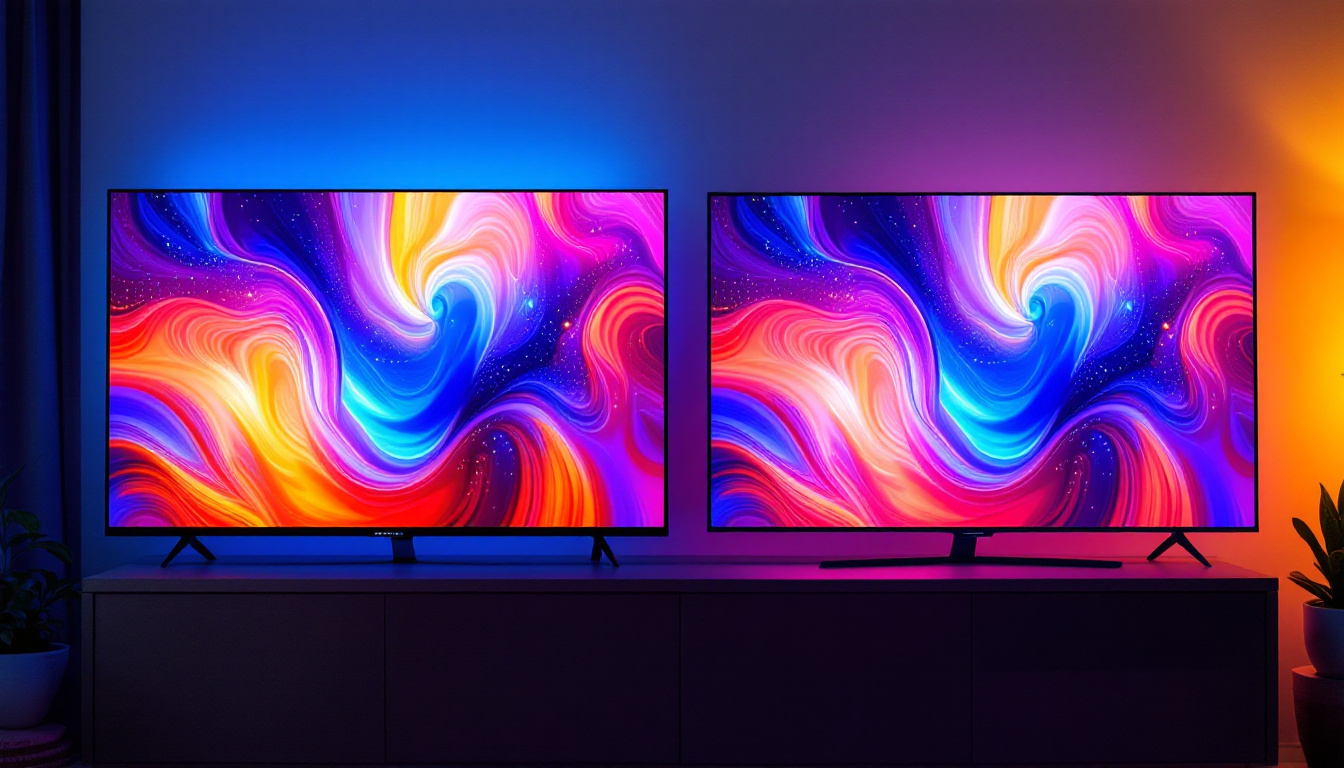The refresh rate of an LED display is a crucial specification that determines how often the image on the screen is updated every second. Measured in hertz (Hz), this metric plays a significant role in the overall viewing experience, affecting everything from motion clarity to user comfort. Understanding refresh rate is essential for anyone looking to purchase a new display, whether for gaming, professional work, or general use.
Understanding Refresh Rate
At its core, the refresh rate indicates how many times per second the display refreshes the image it presents. For instance, a display with a refresh rate of 60Hz updates the image 60 times each second. This means that the higher the refresh rate, the smoother the visuals appear, especially during fast-paced action sequences. A higher refresh rate can significantly enhance the viewing experience, making it particularly beneficial for gamers and sports enthusiasts who need to track rapid movements on screen.
The Science Behind Refresh Rate
Refresh rate is closely tied to the concept of frame rates, which refer to the number of frames per second (FPS) a video source can provide. While the refresh rate of a display indicates how often it can show new images, the frame rate indicates how many images the source is sending. Ideally, the two should be matched to ensure smooth playback. If a display has a refresh rate of 60Hz but the source is only providing 30 FPS, the display will only show half of the frames it could potentially render, leading to a less fluid experience. This mismatch can result in noticeable stuttering and tearing, which can distract from the overall enjoyment of a movie or game.
Common Refresh Rate Values
Most modern displays come with a variety of refresh rates, typically ranging from 60Hz to 240Hz or even higher in specialized gaming monitors. Here’s a quick overview of common refresh rates:
- 60Hz: Standard for most TVs and monitors, suitable for everyday tasks and media consumption.
- 120Hz: Common in mid-range gaming monitors, providing smoother motion for gaming and fast-paced videos.
- 144Hz: Popular among gamers, offering enhanced responsiveness and reduced motion blur.
- 240Hz: High-end gaming monitors, designed for competitive gamers seeking the utmost in performance.
In addition to these common refresh rates, some displays also feature adaptive sync technologies like NVIDIA’s G-SYNC and AMD’s FreeSync. These technologies dynamically adjust the refresh rate of the monitor to match the frame rate output of the graphics card, effectively eliminating screen tearing and stuttering. This is particularly advantageous in gaming scenarios where maintaining a consistent frame rate can be challenging due to varying levels of graphical demand. Furthermore, as technology advances, we are beginning to see displays that support refresh rates beyond 240Hz, pushing the boundaries of what is possible and providing an even more immersive experience.
Moreover, the benefits of higher refresh rates extend beyond gaming. In professional environments, such as video editing or graphic design, a higher refresh rate can lead to more accurate motion representation, allowing for finer detail and smoother transitions. This can be crucial when working with high-definition video content or intricate animations, where every frame matters. As a result, understanding refresh rates is not only essential for gamers but also for anyone looking to enhance their visual experience across various applications.
Impact of Refresh Rate on User Experience
The refresh rate significantly impacts how users perceive motion and clarity on the screen. A higher refresh rate can lead to a more immersive experience, especially in fast-paced scenarios such as gaming, sports, or action movies.
Gaming and Refresh Rate
For gamers, refresh rate is a critical factor. A higher refresh rate can provide a competitive edge, allowing players to see and react to on-screen events more quickly. For example, a monitor with a refresh rate of 144Hz can display up to 144 frames per second, making fast movements appear smoother and more fluid. This can be particularly advantageous in first-person shooters or racing games, where every millisecond counts.
Everyday Use and Media Consumption
While gaming often demands higher refresh rates, everyday tasks and media consumption can also benefit. For instance, watching movies or streaming content on a 120Hz display can enhance the viewing experience by reducing motion blur and providing clearer images during action scenes. However, for general office work or browsing, a 60Hz display is often sufficient.
Choosing the Right Refresh Rate for Your Needs
When selecting a display, it’s essential to consider how it will be used. Different activities may require different refresh rates to optimize performance and comfort.
For Gamers
Gamers should prioritize higher refresh rates, particularly if they play competitive games. Monitors with refresh rates of 120Hz or higher are recommended, as they can provide smoother gameplay and reduce input lag. Additionally, features like variable refresh rate (VRR) technologies, such as NVIDIA G-SYNC or AMD FreeSync, can further enhance the gaming experience by synchronizing the display’s refresh rate with the frame rate output of the graphics card.
For Content Creators
content creators, such as video editors and graphic designers, might also benefit from higher refresh rates. While 60Hz is generally adequate for most editing tasks, a higher refresh rate can improve the fluidity of motion graphics and video playback, making it easier to spot issues in fast-moving scenes.
For General Use
For users who primarily engage in basic tasks such as web browsing, document editing, or watching videos, a refresh rate of 60Hz is typically sufficient. However, investing in a display with a higher refresh rate can still enhance the overall experience, particularly when watching high-frame-rate content.
Refresh Rate vs. Response Time
While refresh rate is a vital specification, it is important not to confuse it with response time. Response time refers to how quickly a pixel can change from one color to another, typically measured in milliseconds (ms). A low response time reduces motion blur and ghosting effects, which can occur when fast-moving images are displayed.
The Relationship Between Refresh Rate and Response Time
Both refresh rate and response time work together to create a smooth viewing experience. A high refresh rate with poor response time may still result in visible artifacts and blurriness during motion. Conversely, a low refresh rate with excellent response time will not be able to display fast-moving images smoothly. For optimal performance, especially in gaming, it is essential to look for displays that offer both high refresh rates and low response times.
Common Response Time Values
Response times typically range from 1ms to 5ms for modern displays. Here’s a quick overview:
- 1ms: Ideal for competitive gaming, ensuring minimal motion blur.
- 2ms – 3ms: Common in gaming monitors, providing a good balance between performance and cost.
- 4ms – 5ms: Suitable for general use and media consumption, but may not be ideal for fast-paced gaming.
Refresh Rate and Visual Artifacts
Understanding refresh rate also involves recognizing potential visual artifacts that can occur at different refresh rates. These artifacts can detract from the viewing experience and may be more pronounced in certain scenarios.
Screen Tearing
Screen tearing occurs when the display’s refresh rate is out of sync with the frame rate of the content being displayed. This results in a disjointed image, where portions of multiple frames appear on the screen simultaneously. Screen tearing is particularly common in fast-moving scenes during gaming or high-action videos.
Motion Blur
Motion blur is another artifact that can be affected by refresh rate and response time. When objects move quickly across the screen, they can appear blurred if the refresh rate is too low or the response time is too high. This can be particularly distracting in fast-paced games or action films.
Future Trends in Refresh Rate Technology
As technology continues to evolve, so too do the standards for refresh rates in displays. The demand for higher refresh rates is growing, particularly in gaming and professional environments, leading to innovations that push the boundaries of what is possible.
Higher Refresh Rates in Mainstream Displays
While 60Hz has been the standard for many years, the trend is shifting towards higher refresh rates becoming more mainstream. Displays with 120Hz and even 240Hz refresh rates are becoming increasingly accessible, offering consumers a wider range of options to choose from.
Adaptive Refresh Rate Technologies
Adaptive refresh rate technologies, such as NVIDIA G-SYNC and AMD FreeSync, are also gaining traction. These technologies allow the display to adjust its refresh rate dynamically based on the frame rate output of the graphics card, reducing screen tearing and stuttering for a smoother experience.
Conclusion
The refresh rate of an LED display is a fundamental aspect that significantly impacts the viewing experience. Whether for gaming, content creation, or general use, understanding refresh rates and their implications can help consumers make informed decisions when purchasing a new display. As technology continues to advance, higher refresh rates and adaptive technologies will likely become the norm, further enhancing the quality of visual experiences.
Ultimately, when selecting a display, it is essential to consider not only the refresh rate but also the response time and how these specifications align with the intended use. By doing so, users can ensure they invest in a display that meets their needs and enhances their overall experience.
Explore High-Performance LED Displays with LumenMatrix
Ready to elevate your visual experience with a high refresh rate LED display? Look no further than LumenMatrix, a pioneer in LED display technology. Our extensive range of solutions, from Indoor and Outdoor LED Wall Displays to innovative LED Sports and Transparent Displays, is designed to captivate your audience and amplify your message. Embrace the future of visual communication with our cutting-edge displays that promise to deliver both impact and clarity. Check out LumenMatrix LED Display Solutions today and transform your space into a dynamic visual environment.



